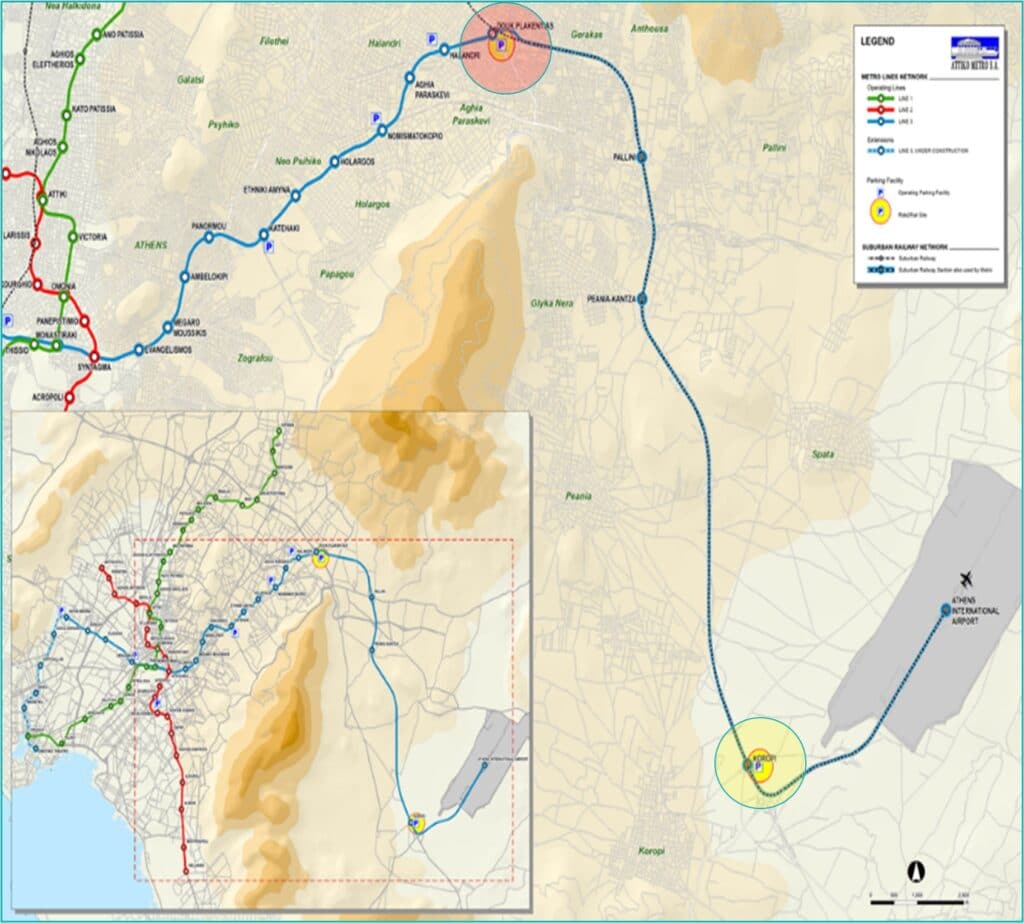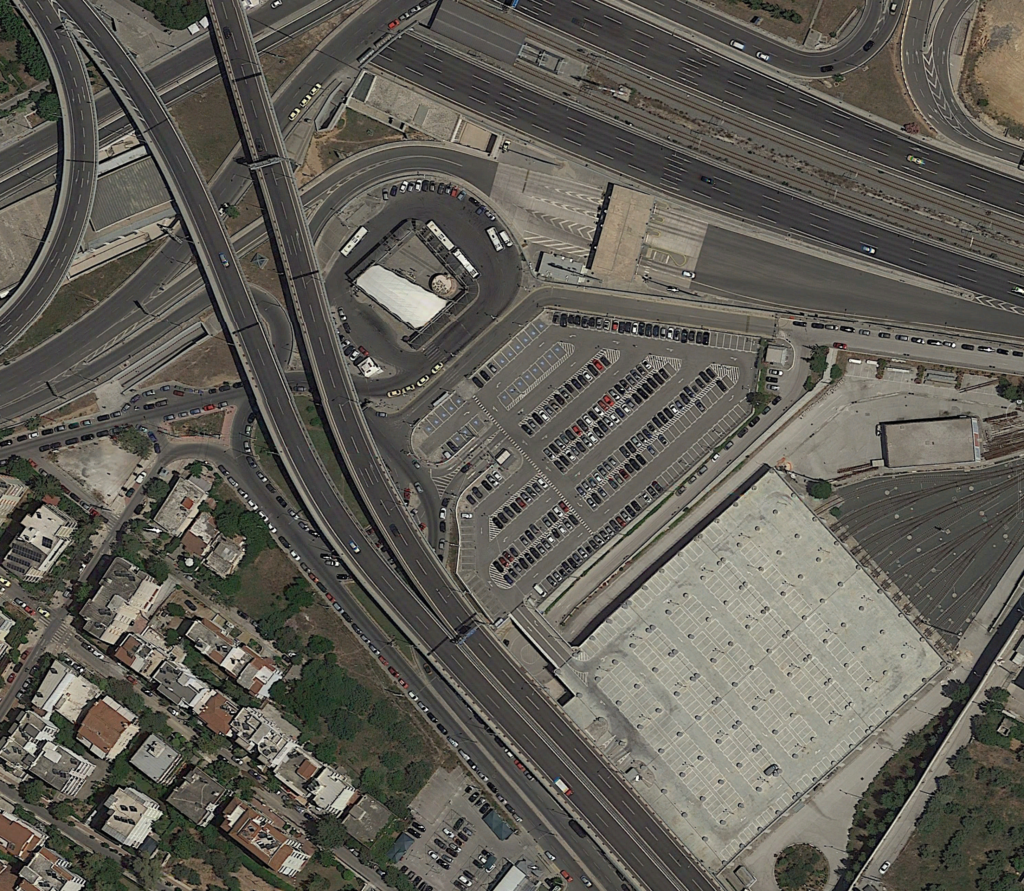Inside the RIDE2RAIL demos: Athens
07/05/2021
Offering a seamless experience of multimodal travel is the key to promote the modal shift towards public and shared mobility and promote sustainable mobility. To verify how and where RIDE2RAIL shall ensure the reaching of these goals, the project will deploy four demonstrations across Europe in both urban and rural contexts. In these demo sites, real commuters and users will be using the solutions developed by RIDE2RAIL.
One of the RIDE2RAIL demos takes place in Athens from June 2021 until December 2022 and is led by project partner CERTH/HIT. We spoke to Georgia Ayfantopoulou, HIT’s (the Hellenic Institute of Transport) Deputy Director-Research Director, about the Greek demo.

Can you give a brief description of the pilot and explain how it integrates public transport with ride-sharing?
The pilot focuses on daily travellers, and conducts a main segmentation by trip purpose:
- Potential riding commuters matched to driving commuters
- Potential occasional riders matched to all drivers (commuting and occasional travelling).
The proposed pilot sites are located in semi-urban/rural areas and are characterised by low frequency bus services for the first- and last-mile of user transfers to/from metro, which is the focal point of the pilot. To integrate public transport with ride-sharing in different concepts, the following users are considered in the demo area:
- Urban rail users who also use bus for the first- or last-mile of their journey via multi-modal hubs (Park & Ride stations/bus terminals, i.e., D.Plakentias and Koropi);
- Personal vehicle users (drivers) without additional passenger(s), parking at metro Park & Ride locations;
- Personal vehicle users (drivers) with additional passenger(s), parking at metro Park & Ride locations;
- Personal vehicle users (passengers) parking at metro Park & Ride locations.

What are some of the mobility challenges in the region and how do you expect the pilot to overcome these?
The proposed pilot sites are located in semi-urban/rural areas and are characterised by low frequency bus services for the first- and last-mile of user transfers to/from metro. Additionally, trips to and from central Athens require multiple transfers to public transport modes. These mobility challenges are addressed by the introduction of ride-sharing services on specific segments of the user trips. The overall travel experience is expected to be improved, by offering additional trip choices through ride-sharing services, hence, minimizing travellers’ disutility. Additionally, the integration of alternative travel modes is expected to attract some drivers away from personal vehicles and reduce traffic and parking congestion in CBD areas through ridesharing and metro use.
What will be done with the outcomes of the pilot?
The outcomes of the pilot will be used in a technical impact assessment, to provide the advantages and disadvantages of the developed ride-sharing application. Based on these results the application will be enhanced further towards its deployment.

What are the next steps for the pilot?
Currently, the pilot leader is in contact with participating municipalities, mainly in the Eastern Attica region. The general project concept together with specific planning of the pilot has been finalized and all required material is to be forwarded to responsible stakeholders. Due to COVID-19 constraints, however, the pilot cannot proceed as planned at this point. Contacts are ongoing however with the Municipalities and as soon as restrictions are -at least partly-averted and the application is launched, the demonstration will be initiated. The pilot partners are actively participating in the development of the ride-sharing application, which will be used in the demonstration when it will be ready. The project will also evaluate and validate specific business cases related to mobility scenarios that will include advanced transport solutions expected to be applied in the future in both rail and other collective transport services.